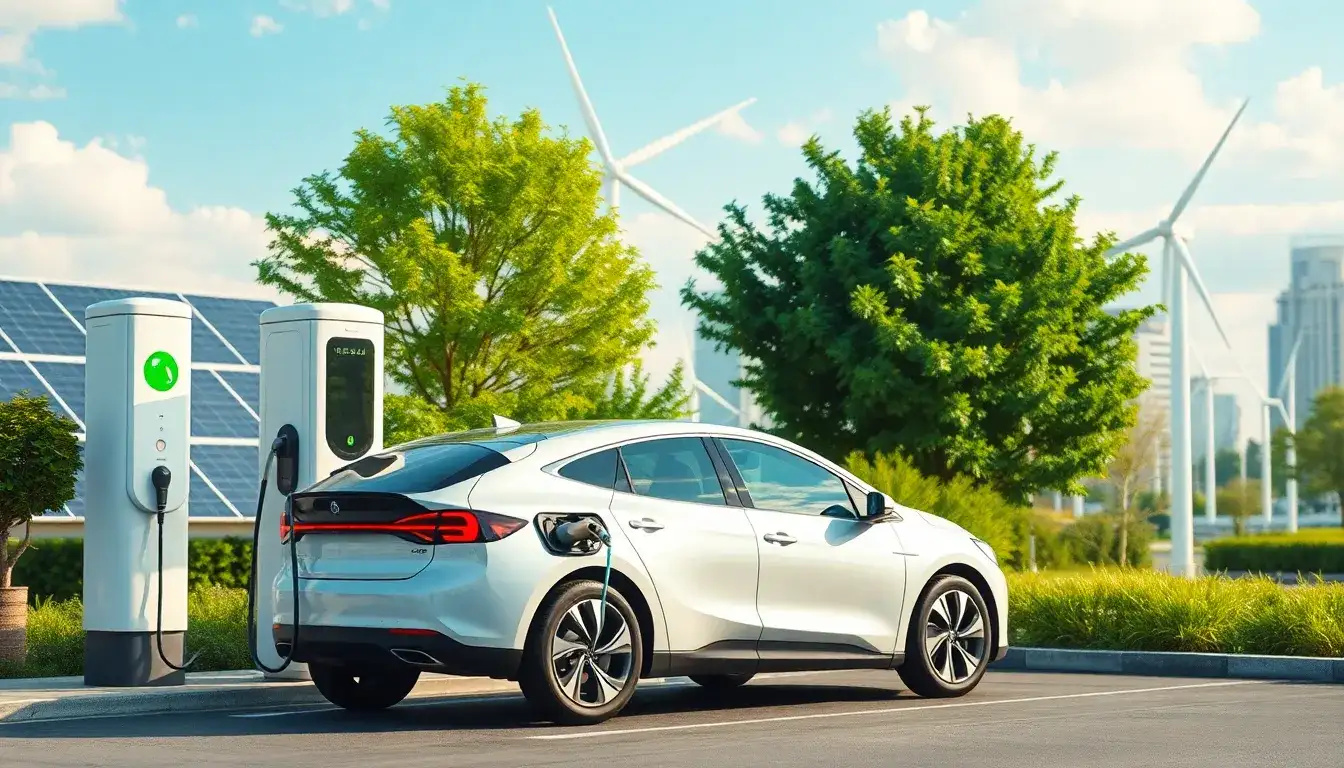
New Energy Vehicles See Rapid Growth
As the automotive market continues to expand, the new energy vehicle (NEV) sector is experiencing significant momentum. In the first couple of months of 2025, sales of new energy vehicles reached 1.903 million units and 1.835 million units, marking a remarkable increase of 52% year-over-year. In the passenger vehicle market, the sales of new energy vehicles saw a growth rate of nearly 50% compared to the same period last year.
The rapid development of new energy vehicle production is accompanied by an increasing number of consumers opting for these vehicles, resulting in a diverse array of choices available in the market. The data confirms this upward trend: In January and February of 2025, the market for new energy vehicles is set to continue its growth trajectory.
The major contributors to this growth include government policies aimed at promoting the production and sale of new energy vehicles, as well as consumer demand for environmentally friendly alternatives to traditional vehicles. Recent years have seen the national automotive authority implement significant reforms to enhance the quality and safety of new energy vehicles, thereby boosting consumer confidence.
It is also essential to note that the production costs associated with new energy vehicle components, such as batteries, have been decreasing, making these vehicles more accessible to consumers. Efforts to streamline production and improve efficiency are expected to further reduce costs, making new energy vehicles a viable option for a broader audience.
Looking ahead, the government plans to bolster the infrastructure supporting new energy vehicles, including charging stations and maintenance services, which will be crucial for sustaining growth in this sector. The aim is to create an ecosystem where new energy vehicles can thrive, ensuring that they become a staple in the automotive market.
Furthermore, continuous improvements in technology and battery efficiency will likely lead to increased adoption of new energy vehicles across various applications. For instance, in the commercial vehicle sector, the integration of new energy solutions is expected to enhance logistics and transportation efficiency, which will be critical in addressing urban pollution challenges.
In conclusion, the new energy vehicle market is poised for significant growth, driven by consumer demand, government support, and advancements in technology. The ongoing efforts to improve vehicle performance and infrastructure will play a vital role in shaping the future of transportation.







